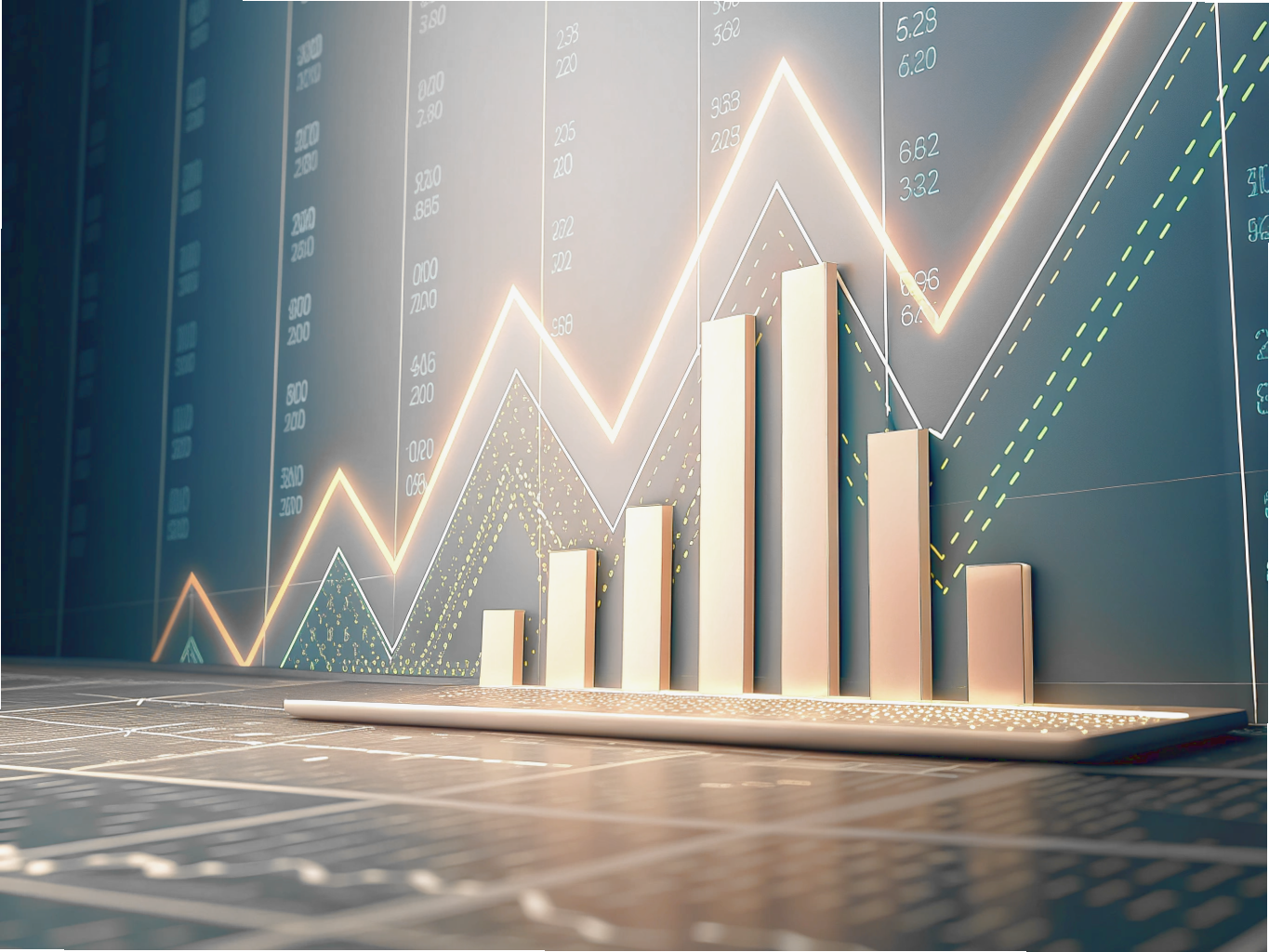
What Is Gold Trading And Why It Matters
Gold trading is a trading instrument that allows traders to buy or sell the value of gold — whether spot bullion, futures, ETFs, or CFDs — thus allowing traders to seize price movements, hedge their portfolios, or diversify their exposure. Gold trading at its base level answers the question what is the role of gold in portfolios: gold is a commodity as well as a safe haven asset. For traders who actively want to trade gold, knowing how to read charts, how to manage risk, and how to select the appropriate vehicle (ETF, futures or trade CFDs), is important.
Gold As A Safe-Haven, Inflation Hedge And Liquid Asset

Gold is often characterized as providing safe-haven, an inflation hedge, and liquidity. But that characterization lacks nuances; gold the asset rises when real interest rates go lower; it can be very liquid in important hubs such as London and New York; and it can be used as a strategic allocation of gold in both long term and intraday strategies. How you treat gold (hedging, tradeable commodity or store of value) ultimately depends on your intentions as well as what trading strategy you select.
Macro Drivers That Move Gold Prices
Macro forces explain what moves gold — and why technical trade setups sometimes fail or succeed. A trader who pairs technical analysis with macro context has a stronger edge.
Inflation And Real Interest Rates
Rising inflation and lower real interest rates tend to push gold higher because the opportunity cost of holding non-yielding metal falls. Watch inflation prints and real yields if you want to know what affects gold prices.
Central Bank Policy And Rate Expectations
Central bank tone, rate decisions and balance-sheet policy are primary drivers. When central banks move, the market reacts: traders who follow policy calendars can position ahead or step back if necessary.
US Dollar Strength And FX Dynamics
Gold trading and dollar moves are tightly linked. A weaker US dollar often lifts gold price in dollar terms. For traders in other currencies, exchange rates and foreign exchange flows affect commodity prices and the convenience of a trade.
Geopolitical Risk And Market Sentiment
Geopolitics, market stress and sudden risk-off events can generate rapid flows into gold as investors seek safety. News trading around such events can create big intraday moves — but it’s high risk.
Supply, Demand And Industrial/Jewelry Use
Beyond finance, physical demand from jewellery, industry, and central bank purchases matters. Seasonal demand and mine supply shape longer-term trends and price forecasts.
Major Vehicles To Gain Gold Exposure
Choosing whether to trade gold via futures, ETFs, options, or physical metal is a first-order decision that determines costs, tax treatment and risk.
Gold Futures And Forwards
Futures contracts are liquid and commonly used by professional traders. They let you take large positions with margin, but remember roll costs, expiry cycles and margin calls — you need to be prepared.
Gold ETFs And Physical Bullion
ETFs offer accessible exposure for retail accounts; physical bullion gives ownership but requires storage and insurance. A live account or demo account can help you test how ETFs track spot price of gold.
Gold Options And Structured Products
Options are versatile: you can buy a call to express bullishness or sell premium for income. Understand implied volatility and Greeks before using options as a trading strategy.
Mining Stocks, Royalties And ETFs
Mining equities amplify gold moves and introduce company risk. For a more diversified play, consider royalty companies or mining ETFs.
CFDs, Spot Trading And Physical Bars/Coins
CFDs are popular for short-term traders because CFDs are flexible and often highly liquid; however, indices cfds offer an additional route for exposure that lets traders gain broad market exposure beyond gold-specific products. These instruments are leveraged, commodities-linked or assets-linked, and carry counterparty risk. Always check whether your broker is authorised and regulated, what the spreads are, and whether the product is suitable for your account type.
Technical Analysis Toolkit For Gold Traders
Technical analysis and price action are tools to time entries and manage exits. A compact toolkit reduces noise and helps you trade consistently.
Support & Resistance, Trendlines And Chart Patterns
Map horizontal support & resistance, draw trendlines and watch classic patterns. A breakout or failure often signals whether to buy or sell.
Moving Averages, Crossovers And Smoothing
Moving averages (MA) help define trends. A common trading strategy uses a short MA crossing a longer MA as a buy signal. The moving average can be used across timeframes — day to long term — to filter trades.
Momentum Indicators: RSI, Stochastic, MACD
The Relative Strength Indicator (RSI) is one of the best indicators to spot overbought/oversold conditions. Momentum divergence can warn of reversals or validate continuation.
Volatility Tools: Bollinger Bands, ATR And Implied Volatility
Bollinger bands and ATR help set stops and size positions based on volatility. When these bands contract, expect possible expansion — these bands can signal breakout opportunities.
Fibonacci, Pivots And Volume-Based Confirmation
Use Fibonacci retracements, daily pivot levels and volume confirmation to add confluence. Combine indicators rather than relying on any single signal — indicators that confirm one another strengthen a plan.
Gold Trading Tips: Practical Checklist
A clean pre-trade checklist helps you act decisively during volatile sessions.
Define Your Trading Plan, Timeframe And Goals
Decide whether you are a day trader, swing trader or position trader. What is your objective? Write the plan down, then stick to it.
Position Sizing, Stop-Losses And Risk Management
Position sizing and stop placement manage the risk of losing more than you can afford. Use ATR-based stops or support levels to size positions.
Order Types, Slippage Control And Execution Rules
Limit orders reduce slippage in calm markets; market orders may be necessary in fast-moving windows. Know payment methods and execution features on your platform.
Backtesting, Forward Testing And Trade Journal Practices
Test ideas in a demo account before risking real money. Keep a journal of entries, exits, rationale and emotions — it’s how traders refine edge.
Trader Psychology: Biases, Discipline And Avoiding Overtrading
Biases such as confirmation bias or recency bias can ruin a good strategy. Have rules for when to take a trade and when to step back.
Proven Strategies For Trading Gold
These are tried-and-tested approaches that traders use across markets and commodities.
Position Trading And Strategic Allocations
Use position trading for long-term exposures — gold as part of a diversified portfolio or to hedge inflation risk.
Trend-Following And Momentum Setups
Trend trading and trading trend strategies aim to ride the major moves. Use moving averages and momentum tools to stay with the trend.
Event-Driven And News Trading Approaches
News trading — trading news — around CPI, central bank meetings and NFP can be profitable but risky. Plan entries, size down, or use options to limit downside.
Day Trading And Scalping Techniques
Day trading requires discipline, low latency, and tight risk control. Session overlaps — the London + New York window — are often the most active times to find intraday opportunities.
Price Action, Support/Resistance Breakouts
Price action strategies focus on structure and volume rather than many indicators. A breakout through a level of significance may be the signal to buy or sell.
Automation, Expert Advisors And Copy Trading
Expert advisors and copy trading can be useful — but always test strategies in a demo environment and know the edge they provide.
When And Where To Trade Gold
Timing complements strategy: choose sessions and instruments that suit your style.
Best Market Sessions And Session Overlaps
London and New York overlap sees the most volume for XAU/USD; Asia sessions are important for physical demand, especially in Asia Pacific markets.
Economic Calendar: Central Banks, CPI, NFP
Key events that move gold include FOMC, ECB decisions, CPI prints, and NFP. Use the economic calendar and events relevant to gold to plan trades.
Volatility Windows And Timing Techniques
Use ATR or implied volatility to adjust stops and size. In high volatility windows, it is often wiser to reduce size or avoid holding through the event.
How To Choose Indicators And Parameters For Gold
Indicator choice should support a clear decision rule, not clutter it.
Pairing Indicators And Building Confirmation Systems
A simple system: trend filter (MA), momentum (RSI) and volatility (ATR). When these align, you can increase conviction.
Multi-Timeframe Alignment And Parameter Adaptation For Volatility
Align the daily trend with the 1-hour or 15-minute entry. Time to adapt parameters — widen MA or ATR when the market becomes more volatile.
Costs, Compliance And Tax Considerations
Trading costs and compliance affect net returns — factor them into any trading strategy.
Spreads, Commissions And Financing/Carry Costs
Spreads and commissions vary by instrument and broker. For leveraged trades (futures, CFDs), overnight financing/carry costs can eat returns on multi-day positions.
Regulatory, Reporting And General Tax Notes For Traders
Check whether your broker is regulated and registered in your jurisdiction, and whether the product is authorised and regulated. Keep legal documents, company numbers and records for tax reporting — seek independent tax advice if needed.
2025+ Outlook And Scenario Planning
Build scenario plans rather than fixed predictions for future price action.
Scenarios For Rate Rises, Higher Inflation Or Deflation
Plan how your portfolio and trading a position would behave under rising rates, persistent inflation or deflation. Each scenario suggests different allocations and hedges.
How To Adapt Strategies To Macro Shocks
If necessary, reduce size, stick to liquid instruments (ETFs, futures), and prioritize capital preservation.
Conclusion: Actionable Gold Trading Tips To Implement
To trade gold successfully, combine macro awareness, a compact technical toolkit (moving averages, RSI, Bollinger bands, price action) and disciplined risk management. Start in a demo account, learn everything about your chosen instrument, and only scale to a live account once your edge is proven.
FAQs
What Is The Best Indicator For Gold Trading?
There is no single best indicator. Many traders use a combination: moving averages for trend, RSI for momentum and ATR or Bollinger bands for volatility.
Should Beginners Trade Gold Or Invest Passively?
Beginners may prefer passive exposure (ETFs, small physical holdings) while they learn how to trade gold actively in a demo account.
How Much Capital Do I Need To Start Trading Gold?
It depends on the vehicle: ETFs and physical bars require less capital; futures and CFDs need margin and are higher risk. Know your leverage and the risks before you open an account.
When Is The Best Time Of Day To Trade Gold?
The best time tends to be London–New York overlap; intraday traders often target these hours for liquidity and narrower spreads.
Is Gold Better For Short-Term Trading Or Long-Term Holding?
Gold can be both — day traders use price action and session overlaps, while long-term holders use gold as a hedge and store of value.
